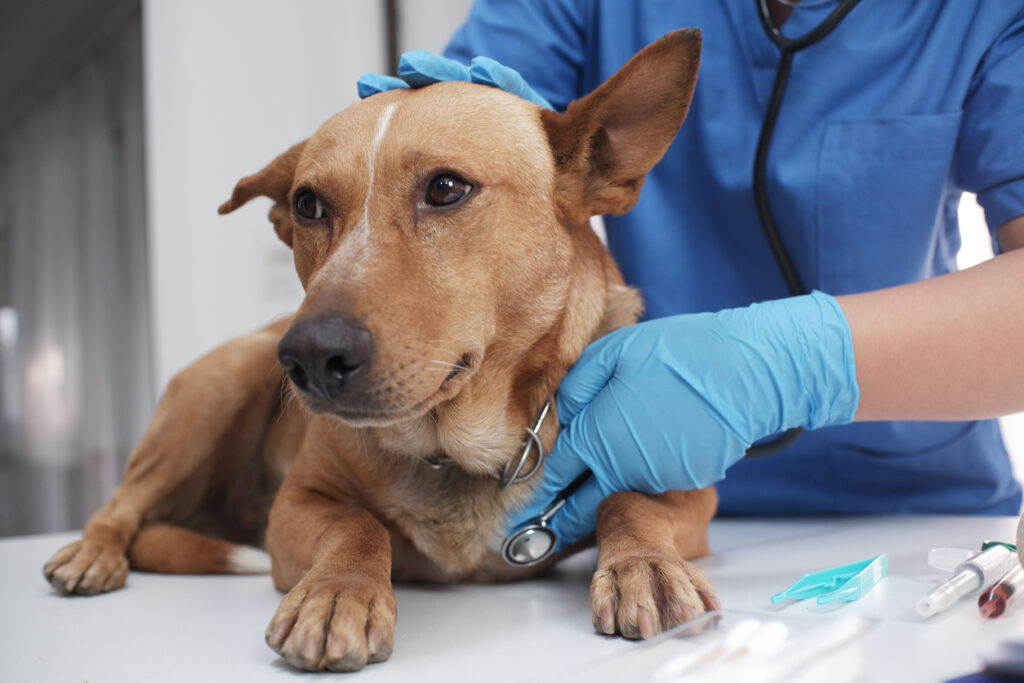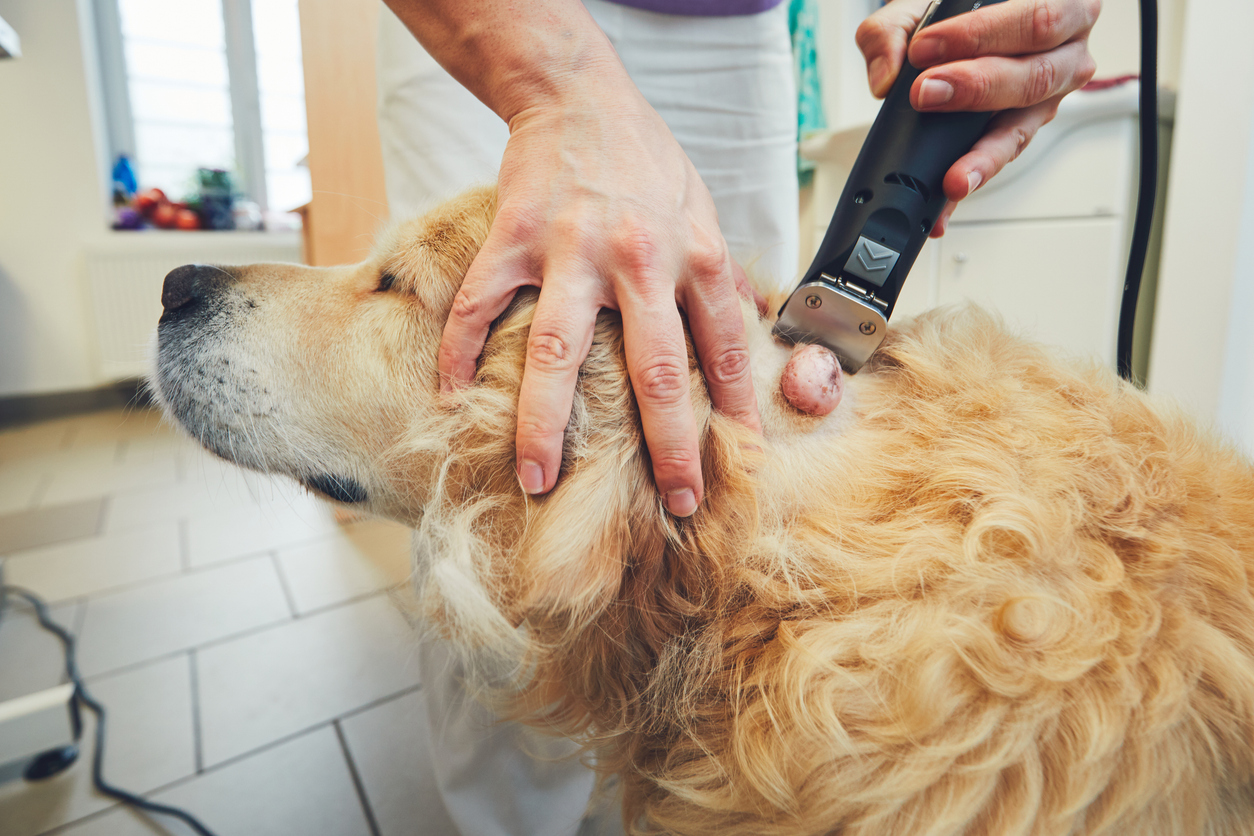As a devoted pet owner, your cat or dog is more than just a pet—they are a beloved family member. So, when you discover a lump or growth on your furry companion, it is natural to feel concerned. While some lumps may be harmless, others could indicate a more serious underlying issue that requires medical attention. At Aspen Veterinary Clinic in Spring Creek, Nevada, we are here to guide you through the process, from detection to soft tissue surgery for pets, with the care and expertise your pet deserves.
Significance of Early Detection
Lumps and bumps are relatively common in pets, particularly as they age. However, not all lumps are created equal. Regularly checking your pet for any unusual growths during grooming or playtime can make a significant difference. Early detection allows for timely evaluation and treatment, which can be crucial in cases where the lump is malignant or has the potential to grow and cause other health issues.
Checking Your Pet at Home for Lumps
The fur on your pet normally makes it difficult to see any bumps, lumps, or swellings. So, you have to run your hands over their whole body, feeling for anything out of the ordinary. And, if you can do so safely, look inside their mouth, too. You should do this check at least once a month if possible.
Types of Lumps in Pets
We refer to the uncontrolled, abnormal growth of cells or tissues in the body as a neoplasm or tumor. It can be benign or malignant. According to the AVMA, approximately 1 in 4 dogs will develop some form of neoplasia at some point in their lives. Cats suffer less frequently from neoplasia than dogs, but there is less information to determine a precise ratio.
Lumps That Typically Do Not Require Removal
As covered in our blog, Lumps, Bumps, and Growths, there are lumps that typically do not require removal:
Lipomas (fatty tumors)
These fatty tumors are not cancerous. They are usually soft and moveable and are generally just under the skin.
They can grow to be quite large, but they often don’t require any treatment unless they make it difficult for your pet to walk or move in some way.
Skin tags
Skin tags are harmless growths that often pop up from the skin’s surface on a stalk. Like people, pets can have a single skin tag, or clusters on their chest, legs, face, back, armpits, or other areas.
Sebaceous cyst
A sebaceous cyst is just a big pimple on your pet’s skin. These bumps are clogged oil glands in the skin that are harmless to your pet, although they can become inflamed and sore if they rupture. They usually do not require surgical removal unless they keep clogging and rupturing. Medicated shampoo can also help reduce their frequency and severity.
Histiocytoma
This type of bump is a benign tumor commonly affecting pets under a few years of age. They look like small, firm, button- or dome-like bumps on the skin surface. These benign masses originate from the immune cells that provide protective immunity to the tissues that come in contact with the outer environment. They typically go away in just a few months or less. However, if a histiocytoma doesn’t go away on its own, surgical removal can take care of it.
Lumps That May Require Soft Tissue Surgery for Pets
Lipomas
These benign fatty tumors may need removal if they grow large enough to cause discomfort or interfere with mobility.
Mast Cell Tumors A common type of skin cancer in dogs that can vary in severity, soft tissue surgery is often necessary for effective treatment.
Cysts and Abscesses
Fluid-filled sacs or infected lumps may require surgical drainage or removal.
Other Malignant Tumors
Any cancerous growths that threaten your pet’s health will likely need surgical intervention.
Warning Signs of Potentially Problematic Lumps
When it comes to your pet’s health, certain changes in lumps or growths can be early indicators of more serious issues. Being aware of the following warning signs can help you determine when you need to seek veterinary attention for your furry friend.
Size and Shape
Lumps that are rapidly growing, irregularly shaped, or hard should be examined promptly.
Behavioral Changes
If your pet begins to exhibit signs of discomfort, such as licking, biting, or scratching at the lump, it may indicate that the growth is painful or bothersome.
Other Symptoms
Unexplained weight loss, changes in appetite, or lethargy could be linked to underlying issues associated with the lump.
The Veterinary Examination Process

When you bring your pet to Aspen Veterinary Clinic, Dr. Moriarty or Dr. Barnes will begin with a comprehensive examination. Depending on the initial findings, she may recommend diagnostic tests such as:
- Fine Needle Aspiration (FNA): This procedure is minimally invasive. The doctor inserts a thin needle into the lump to extract a small sample of cells for microscopic examination. We often perform the procedure without sedation, especially if the pet is calm and the lump is easily accessible. However, if the lump is in a sensitive area or the pet is particularly anxious, we will give the pet mild sedation or local anesthesia to make the procedure more comfortable.
- Biopsy: Doctor Moriarty or Dr. Barnes may need to do a biopsy for a more in-depth analysis, especially if the lump appears suspicious or FNA results are inconclusive. For the biopsy, she uses a larger needle or a surgical tool to remove a piece of tissue from the lump, or sometimes the entire lump is removed.
- Imaging: We may recommend surgical removal of a lump in some cases, especially if it is causing discomfort, restricting movement, or has the potential to be malignant. Surgery aims to remove the lump along with a margin of surrounding tissue to reduce the likelihood of recurrence
These diagnostic tools help us determine the best course of action to ensure your pet receives the most appropriate and effective treatment.
Soft Tissue Surgery for Pets: What It Entails
In some cases, surgical removal of a lump is the best course of action to ensure your pet’s health and comfort. Surgery is typically recommended when the lump is causing discomfort, restricting movement, or has the potential to be malignant. The primary goal of soft tissue surgery for pets is to completely remove the lump along with a margin of surrounding tissue, which helps reduce the likelihood of recurrence and ensures that any potentially harmful cells are fully excised (cut out surgically).
Sedation and Anesthesia
We require sedation or general anesthesia to ensure your pet’s safety and comfort during soft tissue surgery for pets. The type of anesthesia used will depend on the size and location of the lump, as well as your pet’s overall health. Modern anesthesia is very safe, and our veterinary team at Aspen Veterinary Clinic closely monitors your pet throughout the procedure to minimize any risks.
Pre-Surgical Preparation
Before soft tissue surgery for pets, the doctor will conduct a thorough pre-surgical assessment, including blood tests and possibly imaging, to ensure your pet is in good health for the procedure. This preparation helps identify any underlying conditions that could affect anesthesia or surgery.
Procedure for Soft Tissue Surgery in Pets
During the surgery, Dr. Moriarty or Dr. Barnes carefully removes the lump, and a margin of surrounding tissue is also surgically removed to ensure no potentially malignant cells are left behind. The removed tissue is often sent for tissue analysis to confirm the nature of the lump and guide any further treatment if necessary.
Post-Surgical Care
After the surgery, your pet will need time to recover. We provide detailed post-operative care instructions, which include how to care for the surgical site, manage pain, and monitor for any signs of complications. We will schedule follow-up visits with you to check your pet’s healing process and remove any sutures if necessary.
Why Choose Aspen Veterinary Clinic?
At Aspen Veterinary Clinic in Spring Creek, Nevada, we understand how much your pet means to you. Our compassionate team provides high-quality veterinary care, including expert soft tissue surgery for pets. Whether dealing with a benign lump or a more complex case, you can trust us to treat your pet with the utmost care and professionalism.
Contact us today to schedule an examination and ensure your pet receives the best possible care. Together, we can help your furry friend live a long, healthy, and happy life.

